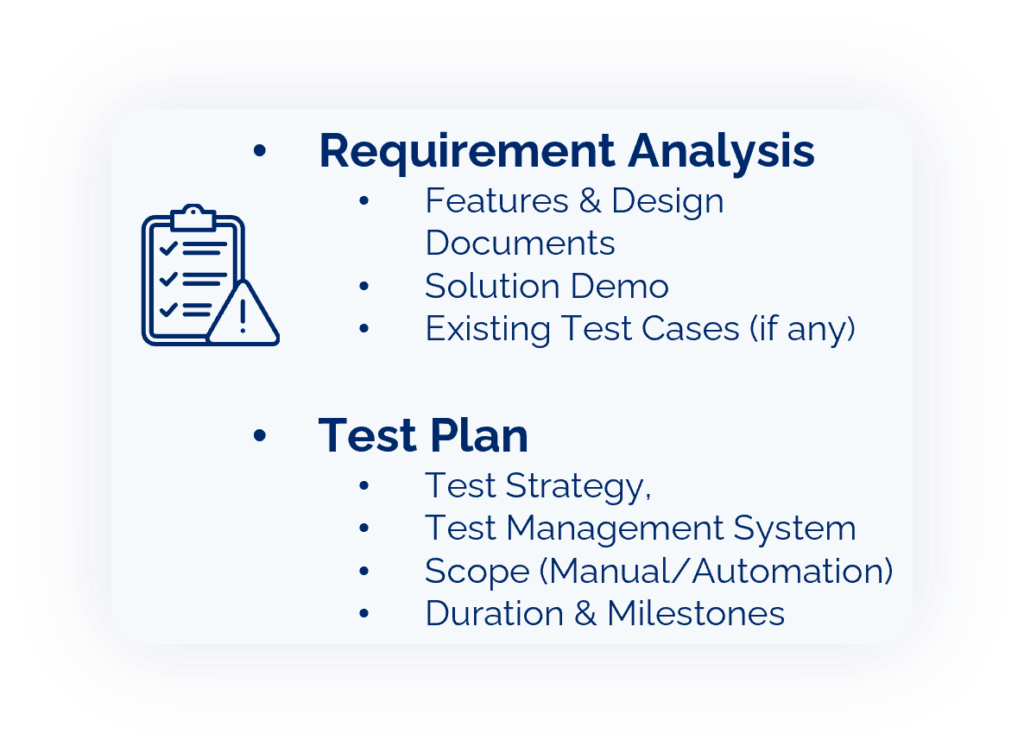Think of building websites like putting together a puzzle. You want the puzzle pieces (innovation) to fit perfectly, but you also don’t want the puzzle to fall apart (that’s reliability). It’s a bit of a challenge, to make sure everything looks great and works well at the same time. Continuous Integration (CI) and Continuous Testing are two pieces that not only ensure the quality of web applications but also fortify their security. In this blog post, we’ll discuss the integral roles played by CI and Continuous Testing in web application development.
Continuous Integration (CI)
CI is the engine that propels collaborative excellence in the development lifecycle. It revolves around the seamless merging of developers’ work into a shared mainline multiple times a day. The primary goal is to eliminate integration challenges and minimize the risk of conflicts that may arise when individual contributions come together.
Discover how CI/CD Pipelines streamline software development here.
- CI automates the process of building and integrating code changes into a shared repository, ensuring consistency and reducing manual errors.
- Seamlessly integrates with version control systems like Git, allowing developers to collaborate effectively while maintaining a versioned history of changes.
- Facilitates parallel web app development by enabling multiple developers to work simultaneously without conflicts, enhancing collaboration and productivity.
- Assists in code review processes by providing a centralized platform for reviewing changes before integration, enhancing code quality.
- Automated integration testing identifies issues that may arise when different components of the application are combined.
- Serves as a precursor to continuous deployment by ensuring that code changes are integration-ready, paving the way for seamless deployment processes.
- Rapid feedback loop allows developers to receive immediate feedback on the success or failure of their code changes.
- Enforces coding standards through automated checks, promoting a consistent code style and reducing the likelihood of errors.
- Detects and addresses bugs early in the web app development process, minimizing the impact on the overall application.
- Supports scalability by allowing development teams to grow without compromising the efficiency of the integration process.
Continuous Testing (CT)
While CI sets the stage for collaboration and integration, Continuous Testing is the vigilant guardian of quality assurance. It goes beyond traditional testing methodologies, ensuring that every code change undergoes a rigorous examination, enabling web applications to function seamlessly and be resilient to potential challenges.

- Conducts automated unit testing to validate the functionality of individual units of code, ensuring they work as intended.
- End-to-end testing automation to simulate real user scenarios, identifying issues related to the overall application flow.
- Executes regression testing to ensure that new code changes do not adversely impact existing functionalities.
- Automates performance testing to assess the application’s responsiveness, scalability, and overall performance under varying conditions.
- Security testing practices, including vulnerability scans and penetration testing, identify and mitigate potential security threats.
- Conducts automated cross-browser and cross-platform testing to ensure consistent performance across diverse environments.
- Load Testing Automation:
- Automated load testing scenarios assess the application’s capacity to handle concurrent users and data loads.
- Automates testing of APIs to validate their functionality, reliability, and adherence to specifications.
- Incorporates automated usability testing to assess the user-friendliness and overall user experience of the application.
- Integrates continuous monitoring practices to identify and address issues in real time, contributing to overall application reliability.
Managed Testing Service for Test Driven Development (TDD Automation)
Agile teams have proven that high performing engineering teams start with CT prior to CI, in order to deliver quality products and not the reverse. This process is often referred to as the Test-Driven Development (TDD). TDD can ensure that the gap between customer’s requirement and actual product feature delivered is minimized. An effective way to achieve this is through either internally or externally (Managed Service Partner) creating a Test Automation team.
Managed Testing using consists of two (2) phases I.e.
Phase 1 Requirement Analysis to prepare Test Plan, Strategy and Scope

Phase 2 Test Design for Test Execution & Reporting
- E2E Manual Test Coverage
- Test Automation

Benefits of the Symbiotic Relationship
The symbiotic relationship between Continuous Integration and Continuous Testing yields a multitude of benefits that surpass traditional development practices.
Reduced Risk in Web App Development
The frequency of testing and deployment in a CI/Continuous Testing setup significantly reduces the risk associated with project development. Early bug detection and proactive security measures make projects less prone to failure, creating a smoother and more reliable development lifecycle.
Enhanced Communication Through Collaboration
CI and CT, when combined, foster a culture of collaboration. The shared code repository and the continuous testing process ensure that code is regularly shared among team members. This heightened visibility accelerates communication speed and efficiency within the organization, contributing to a more collaborative and cohesive team.
Faster Iterations
By releasing code more frequently, the gap between the developer’s environment and the production environment is minimized. This shift in development thinking encourages developers to work on smaller, incremental changes. Automated testing allows for quick feedback, enabling developers to build, test, and deploy features faster. This results in a more agile and adaptive development process.
Security as a Continuous Priority
The integration of Continuous Testing into the development process makes security a continuous priority. Rather than viewing security as a standalone phase, it becomes an inherent part of the development lifecycle. Proactive security measures, coupled with automated testing, create a robust defense against potential threats.
Orchestrating Excellence in Web App Development
As the software development domain advances and challenges escalate, recognizing the critical role played by Continuous Integration (CI) and Continuous Testing (CT) is essential. The path to engineering top-tier, secure web applications is now directed by the ongoing integration and testing processes — a continuum marked by efficiency, dependability, and an unwavering commitment to excellence.
Written By
DevOps Team

